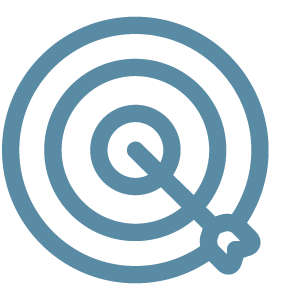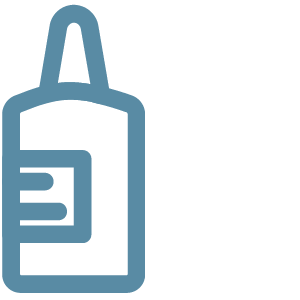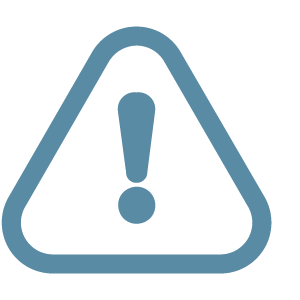
To kill the bacteria associated with inflamed acne

Skin rashes, nausea, vomiting, diarrhoea and bloating. See product packaging for full details

Fully complete any prescribed course of antibiotics unless instructed to stop by a healthcare professional. See product packaging for full details
Antibiotics are a form of medicine that kill bacteria. They can be used to help treat acne and are available through a prescription from your doctor or healthcare provider.
Antibiotics work in the treatment of acne by killing the bacteria known as P. acnes, which is associated with inflammation and pus formation. Antibiotics also have anti-inflammatory properties and can help to reduce the swelling and redness that is often seen in acne.
You can be treated with antibiotics that come as oral tablets and capsules or as topical treatments, which are applied directly to the skin. Common oral antibiotics for acne include tetracycline, oxytetracycline, doxycycline and lymecycline. Common topical antibiotics for acne include clindamycin and erythromycin.
Side effects of antibiotics include skin rashes, nausea, vomiting, diarrhoea and bloating. Please see your product details and speak to your doctor for full instructions and warnings.
In the treatment of acne, antibiotics often work best when combined with other treatment options, such as retinoids or benzoyl peroxide. You should discuss with your healthcare provider how long you should try antibiotics for before deciding whether or not they have worked for you. You should also complete any course of antibiotics that your healthcare provider has prescribed you, unless they instruct you to stop.
Antibiotics are often used as part of a wider acne treatment regime. These regimes involve using acne treatments and sometimes other products in an organised way with the aim of maximising the treatment’s effectiveness. It is important to remember that not all acne treatments can be used safely together and that you should seek the advice of your pharmacist or healthcare provider before starting or combining any treatments. Click here for an example of an acne treatment regime.
Prescribed acne treatments are likely to be more effective against severe acne. That is acne that consists of many lesions covering an area, with cysts and nodules being present, and is often scarring. If you have acne that has lasted for several weeks and is getting worse, is leaving scars or is affecting your mental health then you should arrange to visit your GP for treatment.